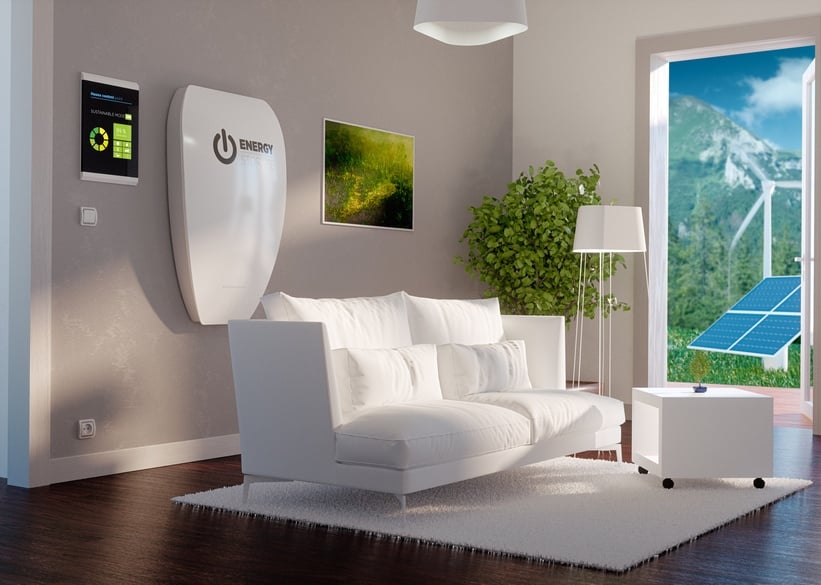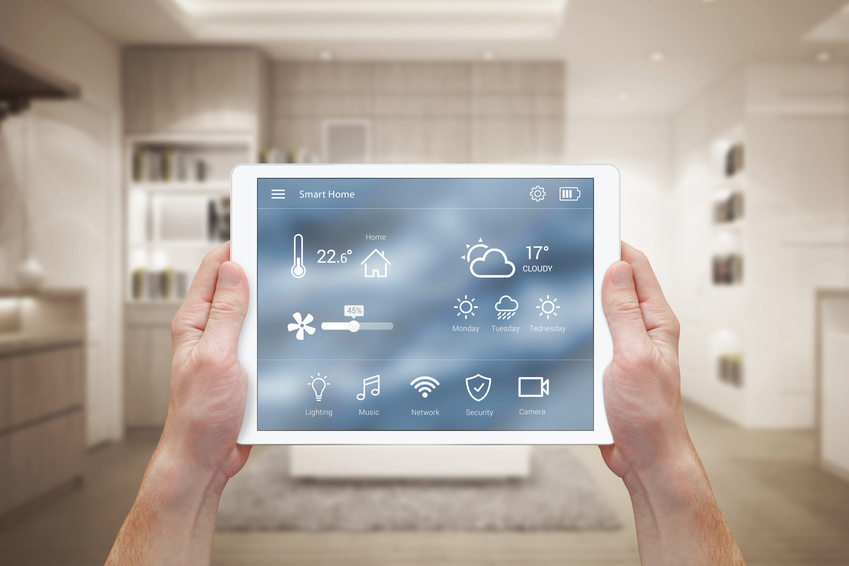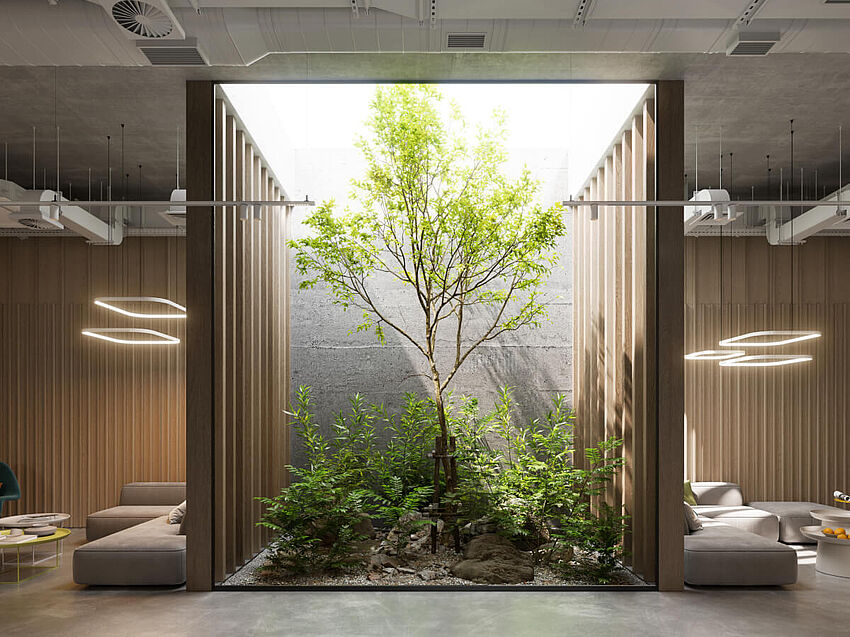The Predictive Corrosion Research That Could Change Material Design
The demand for an automated and remote-controllable home is continuously increasing. The requirements for architects are also increasing.
Smart homes promise users many benefits: from more comfort to better energy efficiency to age-appropriate living. Since the demand for smart systems is constantly growing, architects are also increasingly being forced to expand their expertise to include the complex field of building automation. It is a requirement that can absolutely be overwhelming.

Why are smart homes becoming more popular?
Various end devices in the house are connected via a central control unit (gateway) in smart home systems. The devices range from doors, windows, roller shutters, cameras and alarm systems to hearing, air conditioning, outlets and lights to the washing machine, stove, refrigerator and multimedia system. An input device connected with the gateway, such as a smartphone or tablet, can be used to conveniently monitor and control devices centrally. Even more: You can use the Internet to close windows you forgot to close before you went on vacation and also turn down the heating.
The direct central access is not everything though. The devices communicate with each other too, which is where a truly "smart" home is first made possible. For example, if the system uses thermal sensors to collect information about the outside temperature, then it can react by controlling the windows, roller shutters or heating system. If the system is programmed accordingly, a better energy efficiency can thus be achieve. A connection to the Internet also makes it possible to react to weather forecasts.
Smart homes also offer smart answers to the demographic change, which allow people to live at home longer. For example, walking from room to room to open the windows and roller shutters, etc. is no longer necessary. Using motion sensors, smart home systems can also trigger an alarm and send out an emergency call in the event of a fall or prolonged motionlessness. Other functions, such as starting camera recording when the door bell rings, also take into account the increased need safety.

Planning of Smart Homes
For the network or the way in which the devices are connected to the gateway, there are various solutions with different performance features and requirements for the installation. One of the most stable and reliable solutions here is a fault-free bus network installed specifically for the smart home. This requires detailed planning, which specifies what devices are to be used where. The power cables and outlets are to be installed in a meaningful with in harmony with the bus network. Since this is a static network, it is also appropriate to incorporate possible future functions/devices in the planning.
Another planning point lies in the system itself and what it is to do. On the one hand, the compatibility of different devices from different manufacturers plays an important role, while on the other hand the future viability of constant technical development also plays an important role. Individual notions from clients and an always up-to-date overview of what is happening and what is not (yet) happening require an increasingly complicated coordination with electrical and building services planners, which makes the work of architects difficult. They therefore are increasingly requiring a new job profile of independent consultants in questions of building automation, who are ultimately also responsible for the functioning of the system.




